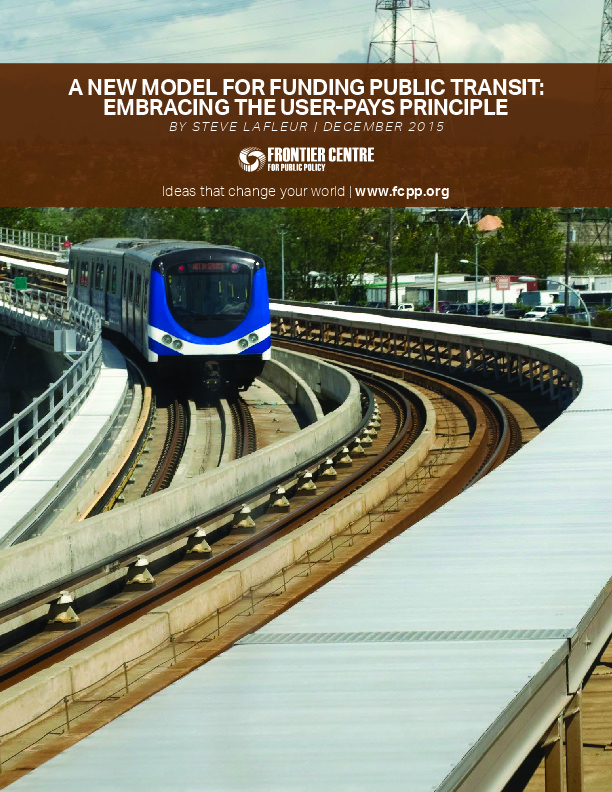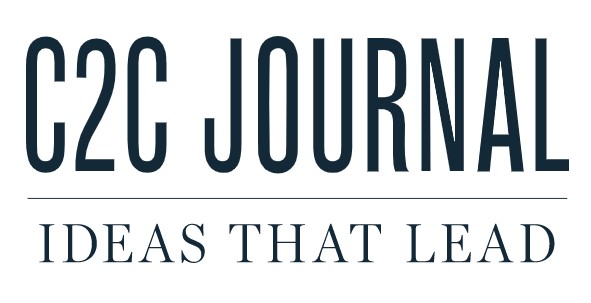Public transportation is an important contributor to urban mobility, particularly in Canada’s largest metropolitan areas. Despite the fact that most residents view public transportation as a necessity, there is a tendency to think of it as more of a social welfare program than as a viable option for people who can afford to drive. This is, in part, because of the way that public transit agencies are organized. They are run as money-losing government departments that struggle to meet their bare obligations, let alone attract “choice” riders with better service. This creates a Catch 22: residents who do not use public transportation are often reluctant to fund large capital expansions, and existing riders are often opposed to paying higher fares. This can lead to an under-investment in public transit agencies that perpetuates the stereotype that riding the bus is a last resort for those who cannot afford to drive.
While public transportation has become a major political issue in Canada, pouring more money into public transportation will not necessarily result in substantially better public transportation. This paper will argue that how public transportation agencies collect revenue and the processes by which they decide how to spend their revenue is nearly as important as how much they collect and spend. Rather than simply funneling more money into transit agencies as they stand, governments should convert public transportation agencies into autonomous Crown corporations. This would remove much of the politicization surrounding public transportation decisions, shifting the priority to increasing ridership rather than cutting ribbons.



